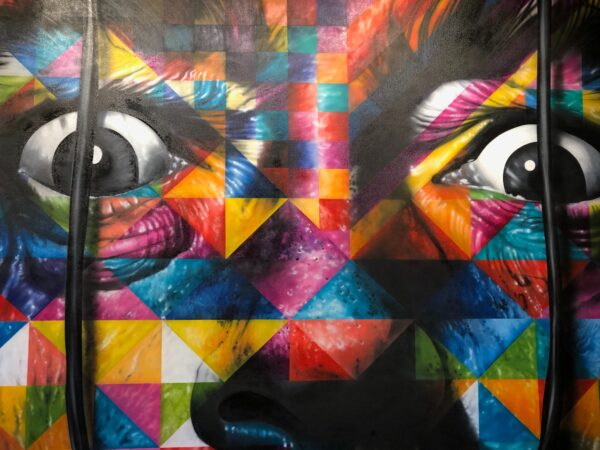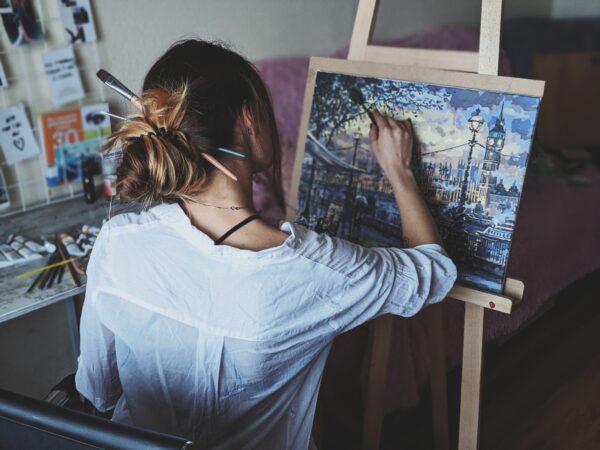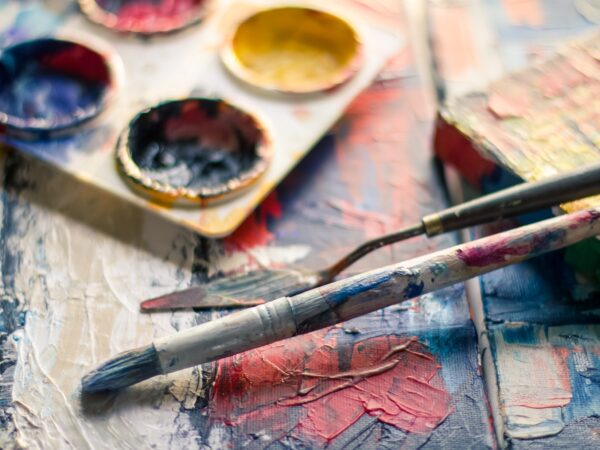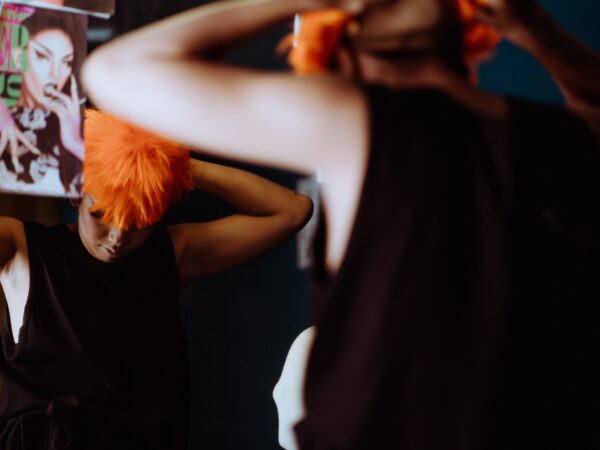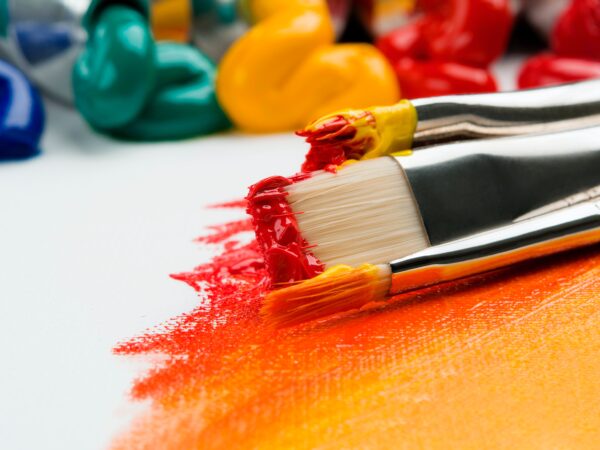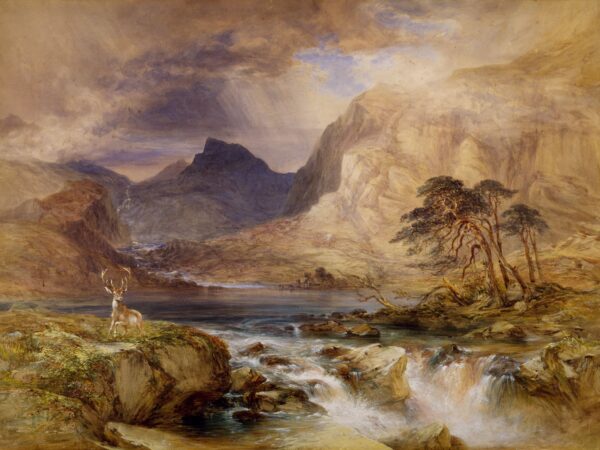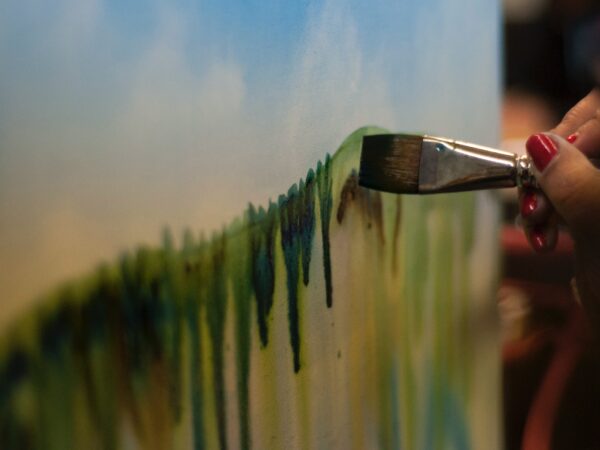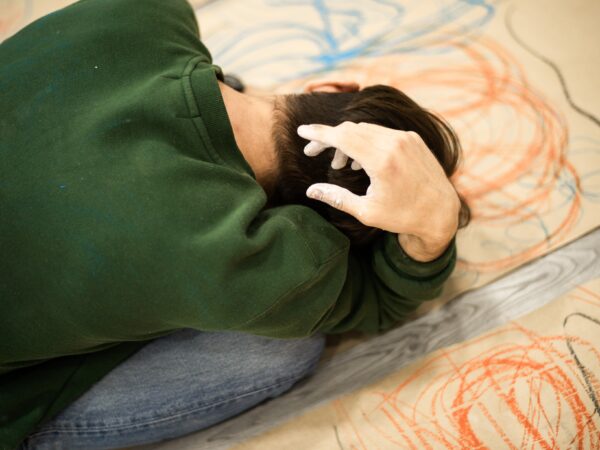Art has been an integral part of human expression and culture for centuries. From the cave paintings of Lascaux to the Mona Lisa, art has always been used as a means of communication, expression and storytelling. With the advent of digital media, the intersection of art and technology has created a new landscape for artists and designers to explore and experiment with.
Technology, on the other hand, has revolutionized the way we live, work and communicate. In this article, we will explore the ways in which digital media is changing the landscape of art and design.
The Rise of Digital Art
Digital art refers to any type of art that is created using digital technology. Digital art has been around for some time, but with the increasing availability of powerful computers and software, it has become more accessible than ever before.
it can be anything from 3D animations to digital prints, from interactive installations to virtual reality experiences. With digital art, artists no longer have to rely on traditional media like paint or clay to create their works. They can use a variety of digital tools to create, manipulate and transform their ideas into digital form.
One of the unique aspects of digital art is the ability to create interactive experiences for viewers. With digital installations, artists can create immersive environments that engage the viewer in a way that traditional media cannot.
Interactive installations can involve the use of sensors, sound, and even virtual or augmented reality. They can create a new experience for the viewer that takes them out of the traditional gallery setting and into a realm of new possibilities.
Digital art has also opened up new avenues for artists to explore. For example, artists can combine traditional media like painting with digital technology to create works that are both physical and digital. Digital media can also be used to create works that are constantly evolving, for instance, generative art that changes over time based on certain inputs or algorithms.
The Democratization of Art
One of the benefits of digital media is that it has made art more accessible to the masses. With the rise of social media, artists can now share their works with a global audience, without necessarily having to rely on traditional galleries or museums. Social media platforms like Instagram or Tumblr have become new frontiers for artists to showcase their works and gain a following.
Digital media has also made it easier for artists to sell their works online. Online marketplaces like Etsy, Society6 or Redbubble have created new opportunities for artists to sell their works directly to consumers. This has allowed artists to bypass traditional galleries and museums and establish their own online presence.
The rise of digital media has also allowed for new forms of collaboration between artists, designers and other creatives. Online communities like Behance or Dribbble have allowed creatives to connect and collaborate on projects, regardless of their physical location. This has opened up new opportunities for artists to learn from each other, share skills, and develop new projects together.
The Future of Museums and Galleries
Digital media has also had a significant impact on museums and galleries. Many museums are now incorporating digital media into their exhibitions, using interactive displays and immersive technologies to enhance the visitor experience.
For example, the Museum of Modern Art in New York has a number of digital installations that allow visitors to interact with the artworks in unique ways. The museum has also created an app that provides visitors with additional information and insights about the artworks on display.
Digital media has also allowed museums and galleries to expand their reach beyond their physical locations. Many museums now have websites that allow visitors to view and explore their collections online. This has allowed museums to reach new audiences and expose more people to art and culture.
Conclusion
Digital media has changed the landscape of art and design in many ways. It has allowed for new forms of creativity and experimentation, as well as making art more accessible to the masses. Digital media has also had a significant impact on museums and galleries and the way they interact with their visitors.
The intersection of art and technology has created a new frontier for artists and designers to explore and experiment with, and the possibilities are endless. As technology continues to evolve, we can be sure that the intersection of art and technology will continue to shape the landscape of creativity and culture.



